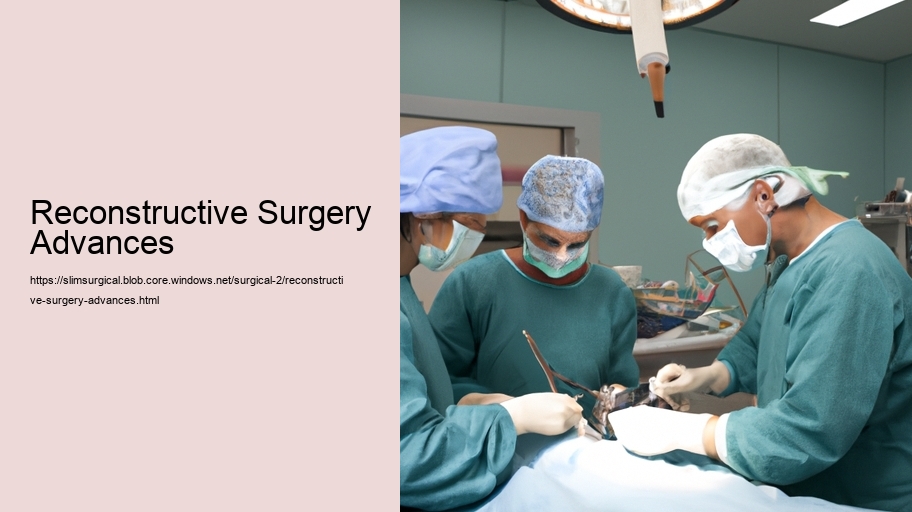Reconstructive Surgery Advances
Reconstructive surgery marks a field where science and art merge, restoring form and function to parts of the body affected by congenital defects, trauma, or disease. Over the years, the advances in reconstructive surgery have been nothing short of miraculous, radically improving the quality of life for countless individuals. This essay delves into the transformative journey of reconstructive surgery, highlighting key innovations and looking toward a future where the possibilities are as promising as they are profound.
Historically, reconstructive surgery has its roots in ancient civilizations, but it was not until the two World Wars that the field saw significant development. War injuries necessitated new methods to repair shattered bodies, which, in turn, propelled the evolution of techniques that are still in use today. However, the last few decades have seen an acceleration in advancement that has redefined the field.
One of the most significant strides in reconstructive surgery has been the advent of microsurgery. This technique involves the use of a microscope to repair or reconnect tiny blood vessels and nerves that are often just a few millimeters in diameter. This has allowed for the transfer of tissue from one part of the body to another (free flap surgery), enhancing the success of complex reconstructions, such as after mastectomy or severe limb injuries, with less risk of tissue death.
Another leap forward has been the use of tissue engineering and regenerative medicine. By using a patient's own cells, researchers are now able to grow skin, cartilage, and even whole organs in the lab. This burgeoning area could potentially eliminate the need for donor tissues and organs, reducing the risk of rejection and the need for immunosuppression.
The integration of 3D printing technology has also revolutionized reconstructive surgery. Surgeons can now create precise, patient-specific implants and models for surgical planning. This technology has been particularly transformative in craniofacial surgery, where custom implants and guides can be produced for repairing complex facial fractures or congenital anomalies such as cleft palates.
The advent of advanced prosthetics and the integration of robotics into these devices have dramatically improved the functionality and life quality for amputees. Myoelectric prosthetics, which are controlled by the electrical signals generated by the user's own muscles, offer an unprecedented level of dexterity and control. The integration of sensory feedback into these prosthetics is an area of intense research and promises to further blur the lines between natural and artificial limbs.
In the realm of cosmetic reconstruction, fat grafting has become a game-changer. By using a patient's own fat to correct or enhance areas affected by trauma or surgery, surgeons have a more natural option compared to synthetic fillers or implants. This technique has also shown regenerative properties, improving not just the volume but also the quality of the overlying skin.
Moreover, advancements in surgical techniques and technologies have also reduced the invasiveness of reconstructive procedures. Minimally invasive surgery, using small incisions and specialized instruments like endoscopes, has reduced recovery times, lessened the risk of infection, and improved cosmetic outcomes.
The future of reconstructive surgery holds even more promise with the development of cutting-edge technologies such as gene editing, nanotechnology, and the potential for bioprinting complex tissues and organs. Gene editing techniques like CRISPR could one day allow for the correction of genetic defects that cause congenital anomalies, averting the need for some types of reconstructive surgeries altogether.
In conclusion, the advances in reconstructive surgery over the past years have been nothing short of extraordinary. With each new technology and technique, the ability to restore form and function to the human body improves, offering hope to those who might have once faced a lifetime of disability or disfigurement. As the field continues to evolve, the fusion of innovation, technology, and surgical expertise will undoubtedly unlock even more remarkable achievements, further enhancing our ability to heal and rehabilitate those in need. The horizon of reconstructive surgery is bright, and the impact of these advances will resonate deeply within the lives they touch, embodying the very essence of medicine: to cure sometimes, to relieve often, and to comfort always.
